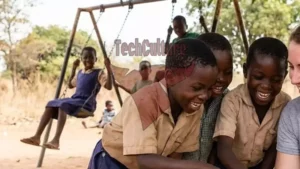Being unattractive could be more than just a social inconvenience; it could literally be a matter of life and death, even decades down the road. This sobering insight comes from a new study published in the journal Social Science & Medicine and flagged by PsyPost. The study reveals that individuals rated as most unattractive in their high school photos tend to have shorter lifespans and face higher mortality rates compared to their more attractive counterparts.
Researchers from Arizona State University and the University of Texas at Austin analyzed data from a long-running study that tracked over 8,300 Wisconsin high school students from 1957 through their old age or death. Independent arbiters were tasked with rating the attractiveness of participants based on their old high school yearbook photos. The researchers then sought to understand the connections between these appearance ratings and the participants’ long-term wellbeing.
The grim results are rather eye-opening: the most unattractive men lived, on average, one year less than their more attractive peers, while unattractive women lived a full two years less. Interestingly, there was no significant difference in mortality rates between very attractive people and those deemed average-looking. This suggests that while having a pleasing appearance might offer some advantages, there’s a point where the benefits plateau, at least in terms of longevity.
According to the researchers, attractiveness can significantly facilitate social stratification. In simpler terms, people who are less conventionally attractive are more likely to miss out on job opportunities and beneficial social connections. This social exclusion can lead to more challenging lives, culminating in higher mortality rates. Previous studies have also found that attractive individuals are often perceived as more trustworthy and tend to earn higher salaries compared to their less attractive peers.
Arizona State University social science associate professor Connor M. Sheehan, one of the study’s authors, believes that attraction is an underrated aspect of social inequality. While it may not be as structurally ingrained as other dimensions, its importance is universally acknowledged. This might explain the booming demand for plastic surgery in recent years; people are willing to go under the knife to gain some of that elusive “pretty privilege.”
In a world where looks can kill — or at least shorten your time on Earth — it’s no wonder that society places such a high premium on physical attractiveness. While this study sheds light on an uncomfortable truth, it also serves as a clarion call to address the underlying social inequalities that contribute to this disparity. Until then, it seems that the quest for beauty is not just skin-deep but could potentially be a life-saving endeavor.



